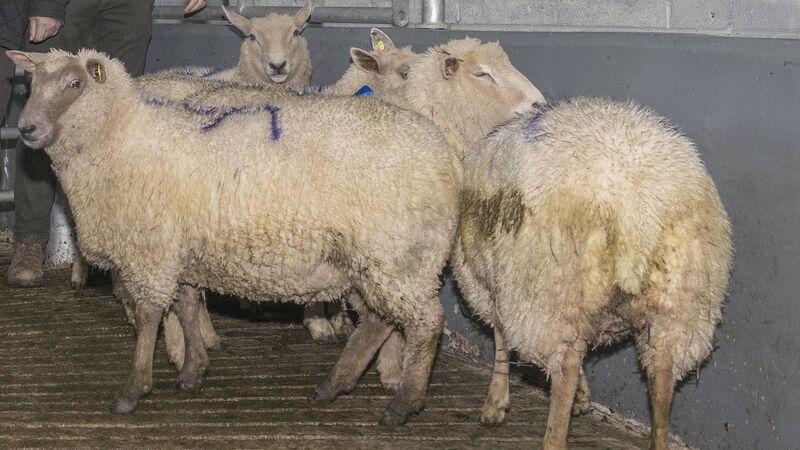Reduced supply the main factor behind unseasonally buoyant lamb markets

Tighter supply, including a 27% lower August supply (compared to last year) from north of the border helps to explain buoyant lamb markets.

Tighter supply, including a 27% lower August supply (compared to last year) from north of the border helps to explain buoyant lamb markets.
The unusual lamb markets of 2020 continue, but sheep farmers have no cause to complain.
Instead, they are finding it hard to believe that the market could be so buoyant at this time of year, and are enjoying the upward price trend.
Some processors have increased prices for factory lambs by as much as 20 cents/kg this week.
It is a time of year when lamb prices normally come under pressure at the factories, and farmers are baffled as to what is driving prices.
However, through August and into September, tighter supplies of factory-ready lambs resulted in lamb quotes increasing across all the main export plants, according to Bord Bia’s Sheep Trade and Prices weekly bulletin.
And the Livestock and Meat Commission in Northern Ireland says exports south of the border for direct slaughter have decreased, to a level in August 27% lower than August 2019.
This week, quoted prices for lambs range from 520 to 540 cents/kg, with the usual bonus payments for quality to be added. Reports from around the country indicate that processors are doing deals for lambs this week at an all-in 560-570 cents/kg, reflecting competition among processors for the available lambs.
The strong factory trade is reflected at the mart live sales, with a 98% clearance for a large sale of 720 head at Kilkenny Mart on Monday. A top price of €130 was paid for a pen of 25 butchers’ lambs weighing 52 kg. A pen of 13 weighing 49 kg made €124, and a pen of ten weighing 53 kg sold for €120.
Factory type lambs were also a very strong trade, selling for up to €76 over.